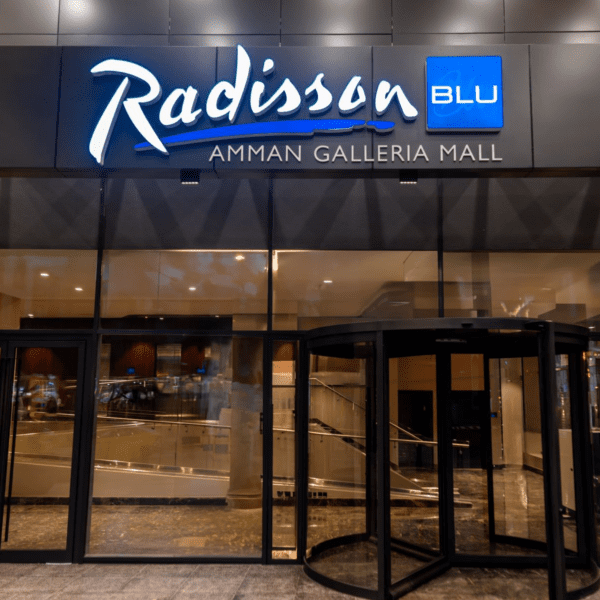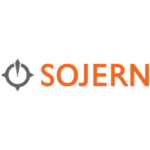 As the pandemic wanes, many hotels are looking to revert back to a time before contactless was a necessity. But the future will see a balance of teams and tech from here out.
As the pandemic wanes, many hotels are looking to revert back to a time before contactless was a necessity. But the future will see a balance of teams and tech from here out.
First off, nothing replaces the human touch, and we’ve yet to see a machine learning messaging app or AI program that can make a customer feel just as confident in a product as a direct interaction with a live representative. This we are saying even in the face of so much innovation as a result of COVID-19.
But this being a tech-centric world and one where guests expect customer service to be exceedingly fast (and safe), various pieces of software can make your team insurmountably better at their jobs. A cool term to remember here is a ‘centaur’ mode of work, where like the mythological creature the horse (AI) does all the grunt work while the human body atop it does all the creative thought. That’s where we are inevitably heading.
There are so many angles to approach the subject of how technology enhances guest communications, but the foundational objective – if you haven’t already initiated this – is enabling your front office team to be able to respond to any guest request from anywhere at any time on any platform. This becomes critical in a world where remote work is a strong, non-salaried incentive to keep employees as well as a crucial need for maintaining productivity and service standards amidst the forthcoming travel recovery.
The pandemic has meant lean teams – that is, fewer people able to handle guest communications – and the enabling of remote work. These are here to stay. Together, the result is the need for an unbreakable backbone of technology to run a hotel while still keeping net operating income above water. In the case of internal and external communications, you need automation to keep labor costs down and to stop miscommunication from resulting in service errors that can lead to refund losses or bad online reviews. The only way to achieve this harmony in the new normal is to constantly investigate what you can do to improve it and reinvent it.
Consider the work-from-home model for a moment, which may still be necessary for the aforementioned reason of heightened manager flexibility. To operate in this way and never sacrifice good communications, there are already several mature vendors that can route all incoming messages to one dashboard so your team can answer from the office or from home, at night or on weekends, and all with tracking features for managers. Guests expect immediate responses, and you better give them what you want, or they’re gone.
The next and equally critical aspect you simply must have in 2022 is integration. A customer service rep talking with a guest – whether by phone, text or email – must be able to put requests directly through to the department affected as well as be able to update the guest’s profile within the PMS or CRM so that the personalization data is captured and remembered. Without this seamless transfer, you are creating bottlenecks that will inevitably overload the skeleton crews that have to process all these work orders. And the department that renders the service should also have accountability tracking with escalation parameters in order to prevent recovery situations from occurring.
In tandem to these essential aspects of tech integration are fancier, yet still incredibly powerful, tools like a chatbot. Crucial here is to look for a system that can ping and shift to a live agent when any request becomes complex. Thinking in terms of the 80/20 rule, AI is fantastic for handling the basics like answering where you are located, what your hours of operations are, what onsite amenities you have and other top-twenty questions, as well as reservations if you link the booking engine. Nowadays these are all simply distractions for your team who should instead be focusing on solving intricate requests or focusing on the guests who are physically on property at that very moment.
The fourth broad item where tech can make an impact relates to your concierge services. The foremost question to keep on the back of your mind for this is: how is your team better than a Google search? Because that’s who you are competing against! You want your concierge to be able to provide exclusive recommendations and deals with local business, while several active software providers can also help to keep your team and your guests up to date with all the best events happenings in your area.
Fifth and finally, consider your satisfaction scores which we previously hinted at with a mention of ‘bad online reviews’. Everyone knew before the pandemic that a few one-star critiques at the top of the pile on TripAdvisor could spell doom for future bookings. This is still true, if not even more so given how sensitive some guests are. Rather than delivered post-departure, if you have quick, automated surveys built in the prearrival or post-check-in parts of the guest journey, you can better identify then correct negative experiences before they become irremediable.
All told, there’s a lot here to consider adding to your tech stack even after everything that you’ve already done to pivot in the face of this coronavirus. Of course, specific needs vary on a property-by-property basis. This will indubitably require a thorough assessment with the overarching goal of having the technology do wonders in the background so that your team isn’t bogged down by the minutia and can focus on the flawless service delivery for those visitors already onsite.
This article may not be reproduced without the expressed permission of the author.






























